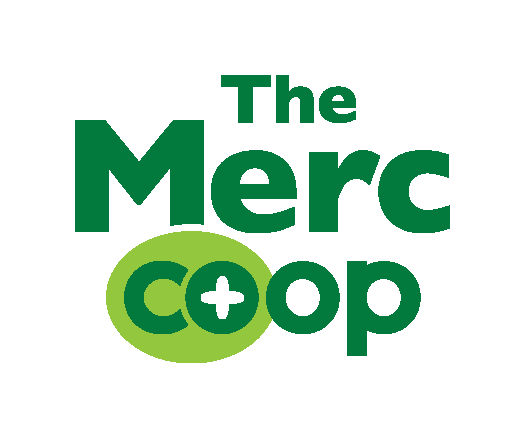Meal Planning + Shopping on a Budget
Meal planning is the most effective way to save time and money on food. When you have a plan you waste less and eat better. Though it is a little investment of time, you can save a lot of money preparing for balanced meals and snacks. Here’s how to get started building this habit!
Step One: Go through what you already have.
Check dates/freshness - is there produce you need to use up? Sour cream or yogurt near the expiration date? Identifying these ingredients if you have any can guide what recipes you choose. It’s always easier to begin when you have a few ingredients in mind.
Step Two: Get inspired!
Check to see what's on sale at your favorite grocery store - let those ingredients guide what recipes you’ll use.
Find websites or cookbooks you trust for recipes: well-known sources will test their recipes to make sure the steps make sense and the dish tastes great. Learn more about reading recipes here.
Step Three: Make Your Meal Plan.
Plot out breakfasts, lunches, and dinners for the week + snacks. This will help you know what you need to prepare early, and you’ll feel less pressure during the week to make decisions about what’s next. This can be flexible!
You can plan meals that will yield leftovers to eat the next day, or enough to freeze and built quick food reserves that can help you avoid the impulse to purchase convenience foods when you’re short on time.
Use these tools from the co-op to make planning easy!
Step Four: Create a list of what you need.
If you know your grocery store well, write out your list by aisle to make your trip quick.
Helpful hint - Don't go to the store hungry, if possible.
Build Your Skills: Food Waste + Food Storage Tips
It’s estimated that on a household level, families throw away 14-25% of the food they buy. Imagine saving up to a quarter of your food budget instead of tossing it out!
Know what Food Product Dates Mean: Expires, Sell By, Etc.
Learn to use parts of your fruits and veggies you sometimes discard.
And, don’t forget you can preserve foods with freezing, canning, pickling, and fermenting!
Blanching & Freezing Fresh Vegetables
Blanching is a great way to preserve peak color, flavor and nutrition in vegetables. Hilah Johnson takes us through the simple steps for blanching your fresh veggies. Once blanched, they can be added to salads or cooked dishes, or frozen for long-term storage.






